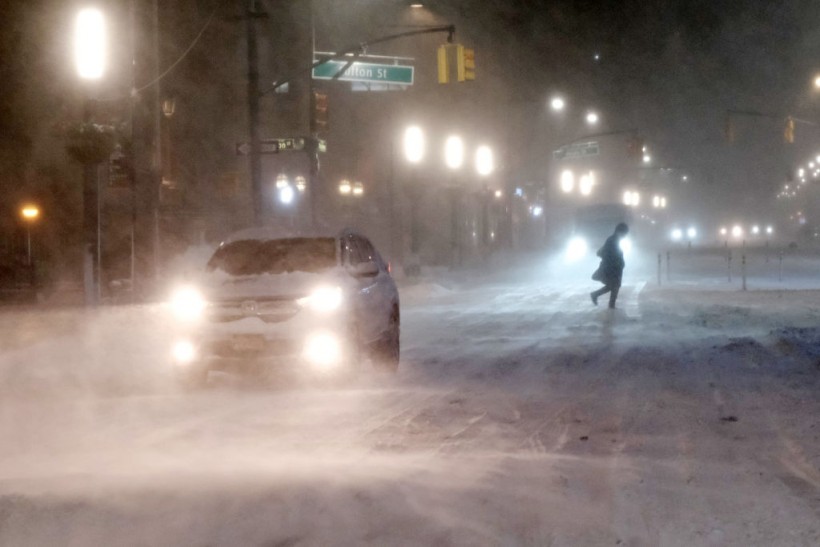The United States is facing yet another series of multi-faceted weather events in the coming week.
US meteorologists have issued their latest weather forecast of a late-season winter storm that will affect the West Coast, critical fire weather in the Great Plains, and severe weather in the Mississippi Valley.
US Weather Forecast

The Weather Prediction Center of the National Oceanic and Atmospheric Administration (NOAA) - National Weather Service (NWS) on Saturday, April 9, has issued its latest forecast for the incoming week. The forecast will be valid from Sunday to Tuesday, April 10 to 12.
Spring Storm
A major late-season winter storm will start to impact the Western US, bringing heavy rain, heavy mountain snow, and strong winds.
The NOAA - NWS stated that this is due to an active weather pattern caused by a strong low-pressure area expected to develop off the coast of the Pacific Northwest on Sunday evening.
The said weather disturbance will move inland to the Intermountain West from Monday.
The strong eastward onshore flow will carry moisture. This pattern could bring torrential rain, affecting the coastal areas of western Oregon and northwest California with heavy snowfall over the Cascades.
Furthermore, the drive of moisture with cold temperatures inland will reportedly result in a cold front in the Intermountain West and the northern Rockies from Monday evening to Tuesday morning.
High-altitude areas in the Oregon Cascades may also experience the accumulation of snow of up to two feet.
Critical Fire Weather Conditions
The central and southern parts of the High Plains are at risk for renewed wildfire due to critical fire weather conditions.
The forecast emphasized that the complex combination of drought, gusty winds, low relative humidity, and lack of soil moisture will yield into elevated fire weather concerns.
The mentioned weather and climatic factors will pave the way for the growth and spread of flames in case a wildfire occurs.
According to The Washington Post, wildfires in the Great Plains used to be rare. However, there has been an increase in life-threatening wildfires in the region for the past three decades.
Scientists discovered that there has been a 400% increase in wildfire damage and destruction in the region, as cited by the Washington Post.
This looming threat is also supported by a recent study published in the journal Science Advances on March 16 wherein scientists found that there has been a significant increase in wildfires across the US since the 1980s, notably in the Great Plains, East Coast, and West Coast.
Severe Weather
On the other hand, the US weather agency forecasted that the Mississippi Valley, as well as a portion of the southern Great Plains, may experience a surge of heavy rain, and snowfall due to a cold front.
Furthermore, the Weather Prediction Center highlights the risk of severe weather in the region, which may result in the production of large hail, damaging winds, and isolated tornadoes.
Under these circumstances, the risk of disruption to air and land travel is high. Power outages and infrastructural damage are also possible.
Related Article: US Wildfires are Becoming Larger and More Frequent Since 2000: New Study
© 2024 NatureWorldNews.com All rights reserved. Do not reproduce without permission.


![Climate Change is Reducing Dust Levels Worldwide as Arctic Temperature Warms [Study]](https://1471793142.rsc.cdn77.org/data/thumbs/full/70320/280/157/50/40/climate-change-is-reducing-dust-levels-worldwide-as-arctic-temperature-warms-study.jpg)

![Tsunami Hazard Zones: New US Map Shows Places at Risk of Flooding and Tsunamis Amid Rising Sea Levels [NOAA]](https://1471793142.rsc.cdn77.org/data/thumbs/full/70325/280/157/50/40/tsunami-hazard-zones-new-us-map-shows-places-at-risk-of-flooding-and-tsunamis-amid-rising-sea-levels-noaa.jpg)
